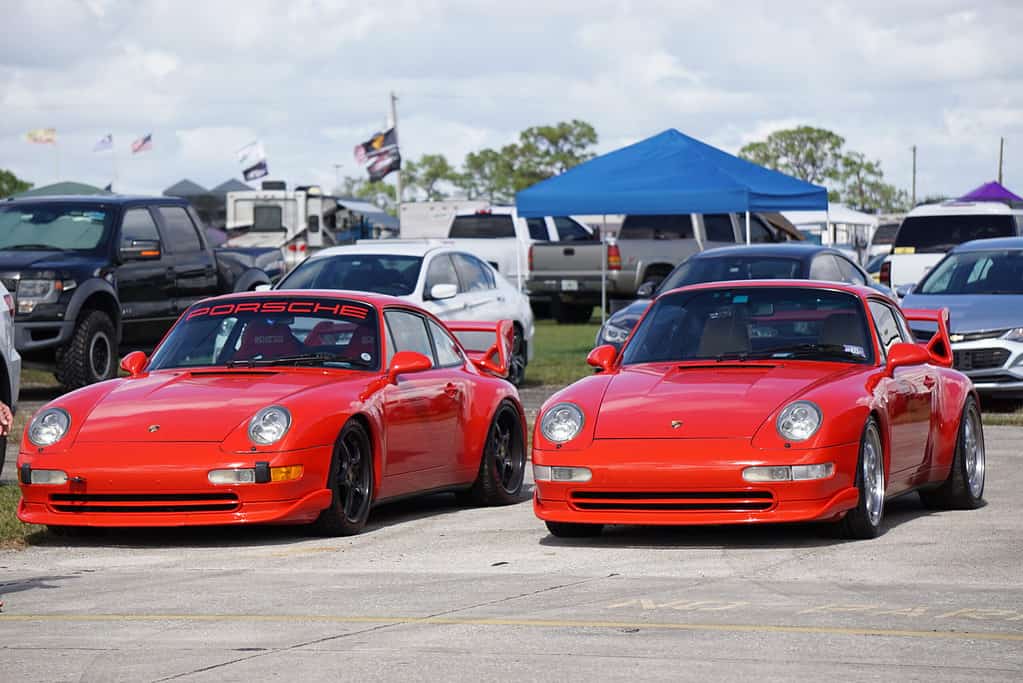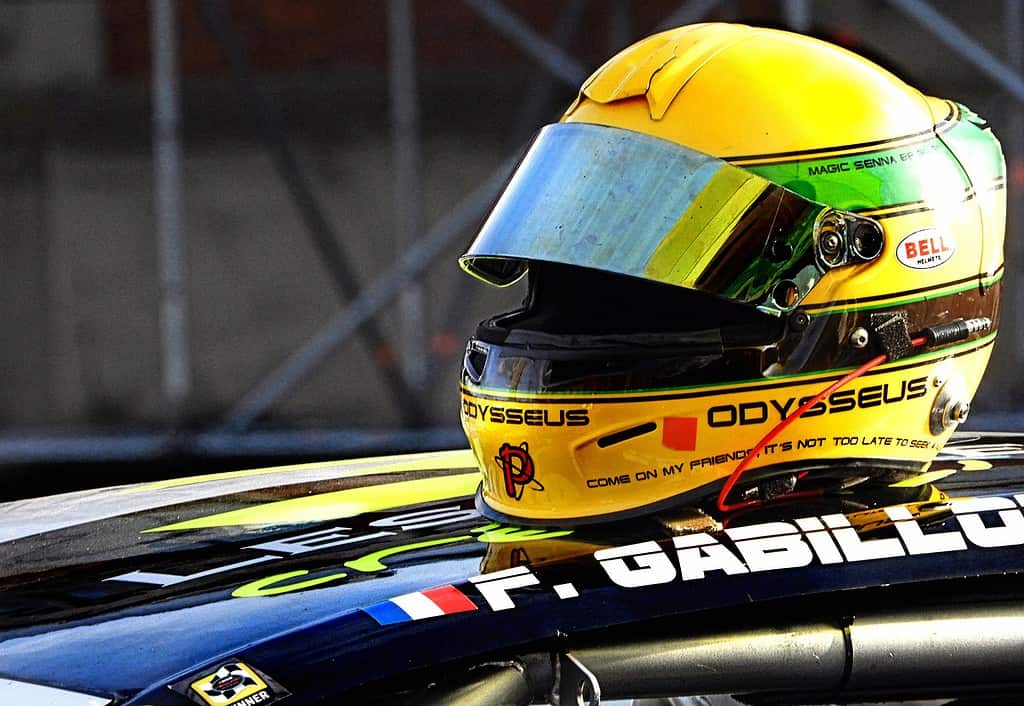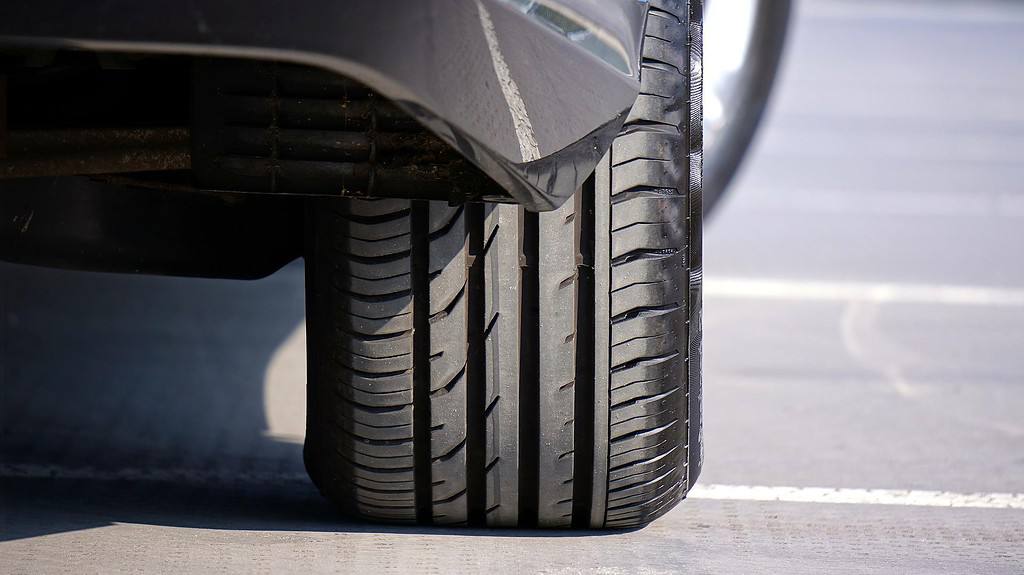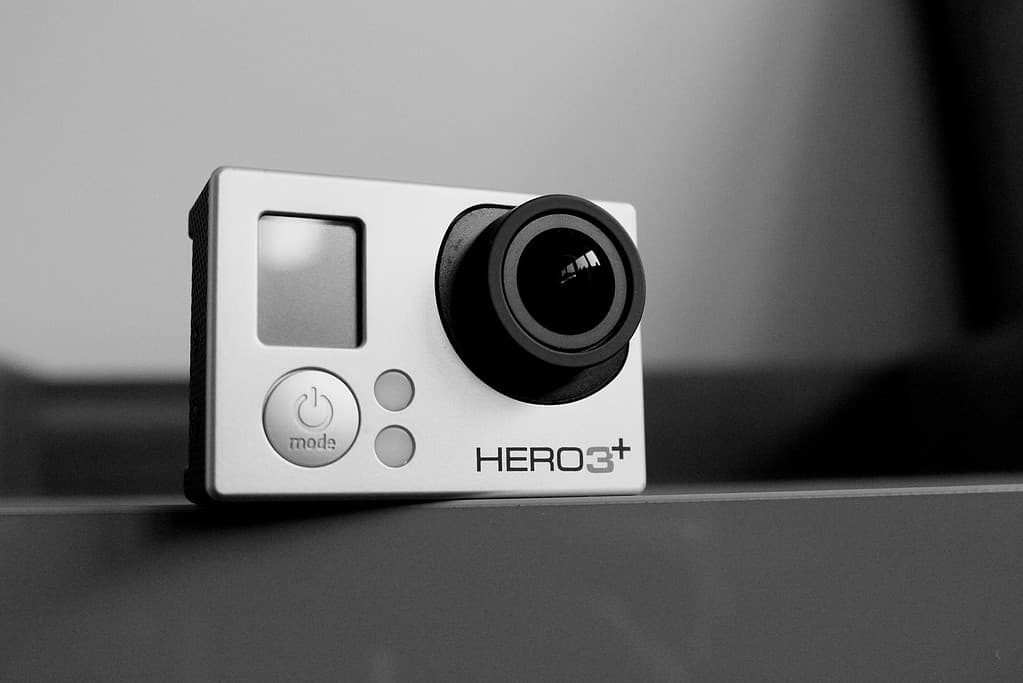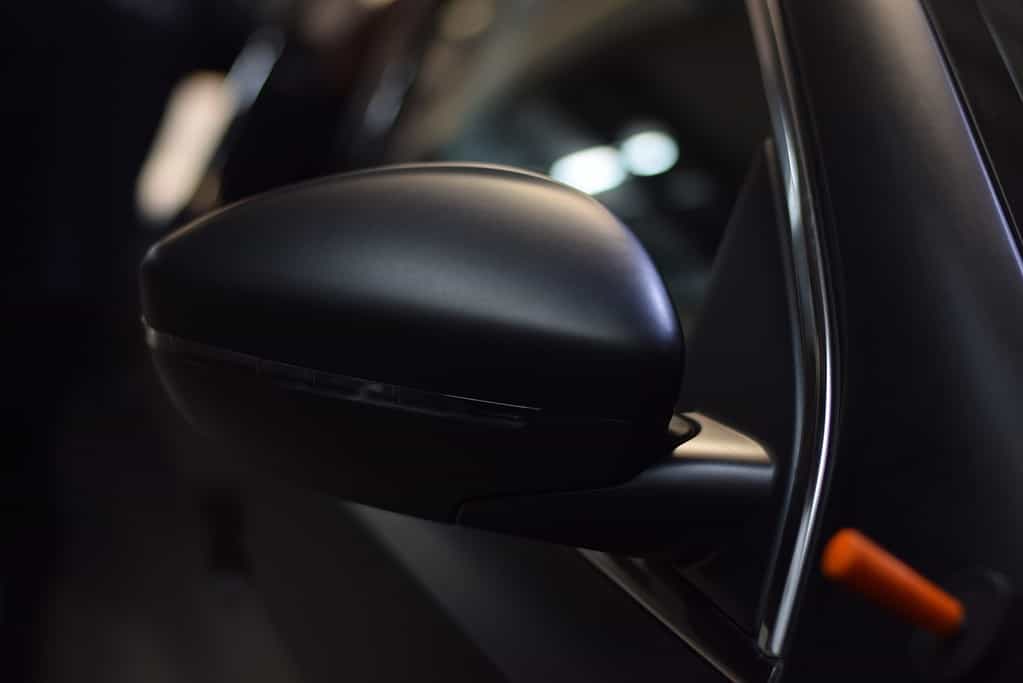Finding yourself on track for the first time is an interesting experience, there is a brief moment when you first get out there, where your brain is screaming at you. So confused as to why you are still full throttle, winding the car out to redline, braking much harder than you ever have before. Once you get into a little groove, it becomes a dance, the engine a beautiful symphony, the squealing brakes and tires become an angelic choir, all the while the car is an extension of you. Before the euphoric high of your first track day, there is some important information to know, and equipment you will need to have the most fun, all while keeping you as safe as possible.
Drivers of all skill levels and experience have the ability to drive on a track. How aggressive or fast you drive is entirely up to you. Driving on track is a great place to learn the limits of your car, and the car’s behavior at the limit. Going to a track day can improve your driving on the road, by helping you understand your car’s characteristics at the limit. If you do feel uncomfortable on track, drive through the pits to get some space between the cars or just take a break from the session.
It should be understood that it is not at all necessary to have a “race” car. You don’t even need to make modifications to make your car more competitive, just preventative maintenance. Of course having a track prepped car will have lots of potential and much more pace. But, for a beginner, the stock vehicle is just fine. Additionally, track days are not intended to be competitive. There is no time sheet, you are out there to have fun.
A lot of different track events will have volunteer instructors offering their driving experience. Some will even give you a ride along in their car to show you the pace of the track, their braking points, handling dynamics, and overall characteristics of the track. They may even offer on track help from your passenger seat, both are recommended for any novice driver.
Maintenance for the Track Day
Getting on track for the first time is very exciting, but you need to make sure your car is as ready as you are. Some of the tasks should be done before and after the event, potentially requiring special tools. A few of these may even seem obvious, but all are equally important factors to ensure a safe track day.
Before the day of the event you should make sure that your tires don’t have odd blemishes or bulges, and have more than adequate tread depth. The tread depths you should be wary of is anything below 5/32”.
Your tires will also have a date code on the sidewall. For example, if the code is “2218” your tires were produced in the 22nd week of 2018. Regardless of tread depth, 4-5 year old tires should be replaced for a track day, especially if they were not used often. If you have not gotten a wheel alignment in a while it is probably a good idea to get one before going out on track as well.
After inspecting the tires it may be time to get the car in the air and inspect your brakes and other suspension components. If you do not own a floor jack they can be found at most hardware and auto parts stores for anywhere from $200-$500. You should also be in search of at least TWO jack stands, these will range $35-$70. Being that this hardware keeps your car suspended in the air, it is a good idea to invest in quality. When searching for these items, it is vital to ensure their weight capacity will be enough to hold your vehicle. Quickjacks are a relatively new product on the market, but they combine both a floor jack and jackstands. The car is lifted up on both sides by two hydraulic powered rails that lock into place as they raise the car.
After jacking up the car, and securing the car in the air you can take the wheel off
and get up close with some vital suspension components. Give the rotor a visual inspection, checking for excessive wear and cracks. When you remove the bottom bolts of the caliper it can be opened upwards like a clam shell. Removing the brake pads you will be checking for big gashes and excessive scoring but you will especially want to look out for uneven wear. Uneven wear will make the contact patch of the brake pad angled; this is evident of a hanging caliper and should be addressed before the event.
Changing your car’s oil before the event is a good idea. Changing the oil filter will ensure the engine is running as smoothly as possible. After the event you should change the oil again, to flush out any contaminants from the track day.
Thoroughly cleaning your car before going to the track is always encouraged, and making sure that all of your car’s windows are clean. It is also important to take out every wrapper, water bottle, and receipt that is hiding in your car. Anything that is not secure in your car and loosely moves around needs to be removed or secured.
If you would like to protect the paint, you could have a paint protection film installed on the car. Coming back from a track day, there will almost always be some wild stuff on the paint, anything from bug splatters, to melted and chewed up rubber. Thanks to a PPF, that track grime will never touch the paint. With a PPF installed you can easily remove the film and replace it with a new sheet, you can even elect to wrap just the “high traffic” areas such as the front bumper, headlights, mirrors, and rocker panels.
Safety Equipment
Proper safety equipment while driving on track is essential. When purchasing safety equipment it is encouraged to get the highest quality products. A lot of motorsport specific safety equipment will have a broad range of certifications from international motorsport organizations. The helmet you get should be SNELL certified, these types of helmets are for high impact collisions, the gloves and other clothing should be FIA certified to guarantee flame retardance
While looking for a helmet obviously you wanna make sure that it fits perfectly. A helmet should sit square on your head, it should not tilt too far forward or back. Your cheeks should be comfortably held, with no gaps near your temples or at the base of your neck. If you have a thick head of hair or bushy facial hair consider going up a size on a helmet, it is best to buy a helmet in person to ensure proper fit.
Gloves are also a good consideration although not entirely necessary. If your vehicle is optioned with an alcantara steering wheel and you would like to preserve the material, gloves may be a good idea. Alcantara is broken down easily by constant contact with oily and often sweaty hands. Wearing a set of racing gloves will give you better grip and confidence behind the wheel, all while preserving the steering wheel. If you have a leather steering wheel, your hands could get sweaty due to prolonged stints on track and would be a good idea to get gloves as well.
While “racing shoes” are not necessary, you should consider what shoes you wear to the track. It is best to wear a shoe with a thinner sole, that doesn’t have much absorption or cushion. You want as little fabric between your foot and the pedals to make sure no feeling of the car is lost.
Pre-Track Prep
Tire Pressure
- Before going out on track you should lower your tires’ PSI by about 2-4 units lower than the suggested manufacturer rate. The recommended tire pressure is usually found in the door sill. A tire with lower pressure has a wider contact patch with the asphalt and is able to take bumps and divots better.
- A hot tire will have more grip than a cold tire, but there is a threshold where the tire can get too hot and actually lower your grip levels. As the tire gets hotter, the air molecules inside the tire expand, increasing your tire pressure. This is the reason for letting air out of your tires.
Torquing your Wheels
- After checking and adjusting your tire pressure you should make sure the lugnuts of your wheels are torqued to spec. This number can usually be found in your vehicle’s owners manual generally ranging from 75-100 lb-ft.
- Torquing your wheels also requires a special type of torque wrench. These types of wrenches vary in price, but much like safety equipment it is smart to search up market to ensure quality.
Clean Interior
- One last check to make sure all odds and ends are out of your car such as receipts, wrappers, or water bottles.
Install Tow Hook
- Most cars will come with a tow hook that can usually be found somewhere in the trunk of your car. There are two different locations to attach the tow hook: the front and back bumper.
- There will be a little plastic piece that may have an arrow indicating where to apply pressure to pop the plastic piece out. After removing the plastic piece, screw the tow hook into the hole until it doesn’t turn anymore.
Windows Down
- A good rule of thumb before going out on track is that you should have your windows rolled down, in the event of a roll-over or collision, it would make for an easier escape. This is generally a track to track rule.
- Many people also believe that it is easier when track maintenance does not have to deal with shattered glass on the track.
On Track Tips
It may sound obvious but, driving on the track you should be looking where you are going, not where you are. Looking just in front of your car may be fine for regular street driving but not safe on track. Your car is moving much faster so you need to be looking ahead to allow yourself to process what is coming at you.
Driving on a racetrack is a lot like driving in snowy road conditions. On track it is best to brake in a straight line then gradually let off the brakes and turn in, because like in winter conditions, you will understeer. Understeer, is when your car “plows” forward, even though you are turning the wheel. Braking in a straight line paired with looking ahead will make you a more confident and consistent driver.
If you are on track and another car is filling up your mirrors, it is best to give them a point by on the next straight. To do a point by, simply point the passing car in the direction they should go, as they pass you slow down a bit and move over in the opposite direction of the passing car.
Before the addicting adrenaline rush of your first track day, there is some important information to know, and equipment you will need to have the most fun, all while keeping you as safe as possible. But once you get on track and find your little groove in a poetic dance, hearing the beautiful symphony of the engine, the angelic choir by the squealing brakes and tires, letting you know what the car needs. While driving on track can improve your driving on the road, by helping you understand your car’s characteristics at the limit. You should remember one thing for your first track day, it is to have fun.

